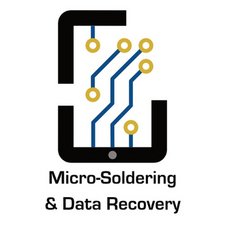Remove Excess of Solder on Tristar IC
Hello I've tried to replace the chip IC Tristar, because my iPhone is not charging, I removed the chip and replaced for a new one, but the iPhone still not turning on. On these processes I used heat, flux, and the replacement was ok.
However, I didn´t removed the solder, from the previous chip from the logic board and when I removed, I saw that the 2 layers of solder (older chip and the new one), was too much.
I buy solder wick, in order to remove the excess of solder (Brand: ProKit´s 1.5mm), as can be seen on the link. But the solder wick is not, catching with the solder, at least is not so easily (sometimes it grabs a little of solder). When I used, the wick, I tried, with and without flux, but the problem stills.
Can someone give me some advices/tips, of what am I doing wrong, or some missing step, that I should be doing?
Another questions is about the, proper temperature that I should be using, and the time that I can have the soldering iron above the board, without damaging it?
Thanks in advance, for any help provided.

Is this a good question?

 2
2  1
1 
 807
807